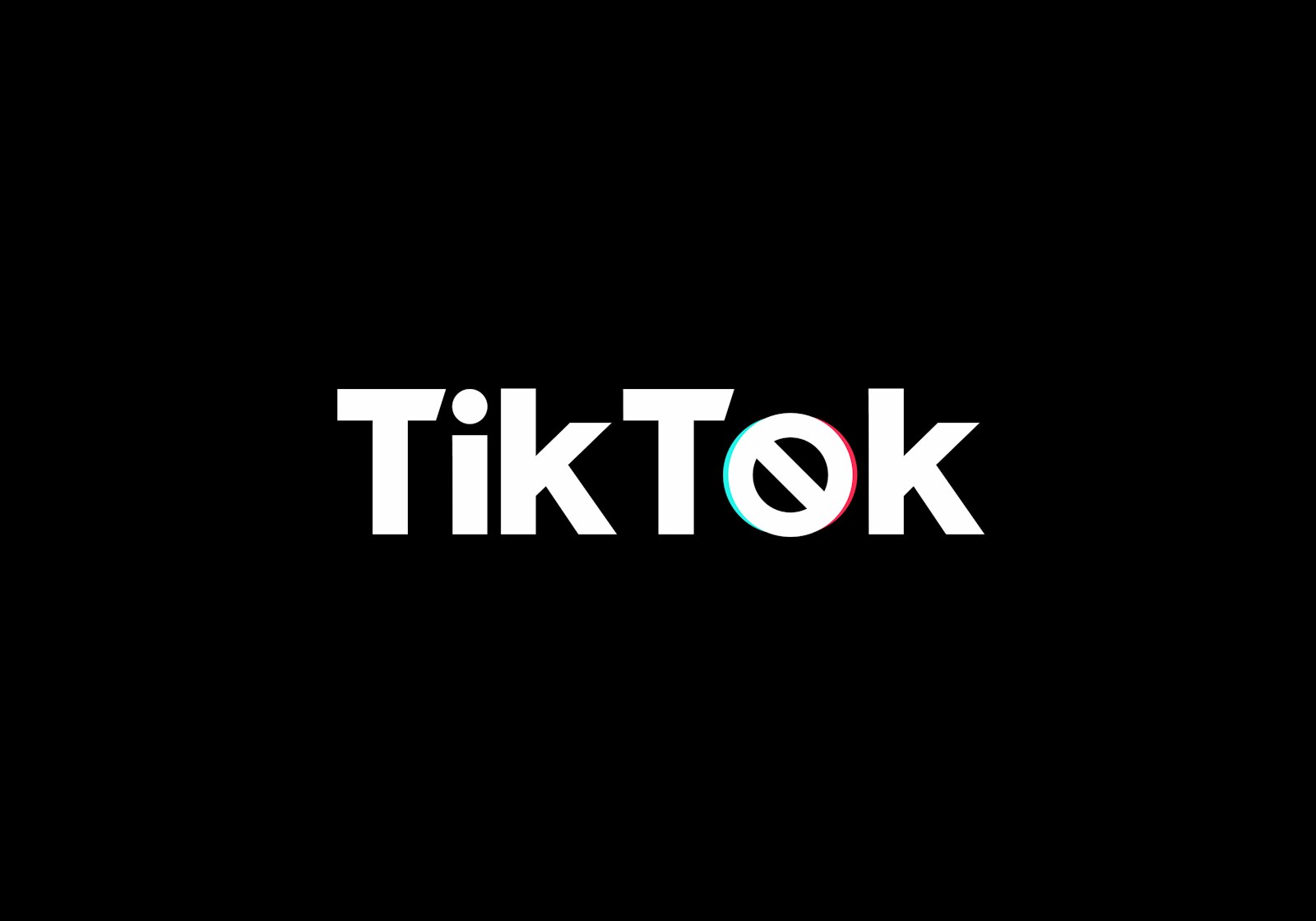TikTok ad: Types of Targeting on TikTok
When refining TikTok ad targeting, leverage the platform’s diverse array of options to ensure outreach hits home. We find demographic, interest, behavior, and device targeting—each providing unique angles to pinpoint your ideal audience.

Demographic targeting segments audiences based on location, age, gender, language, and more. For a new skincare range, targeting young urban women aged 18-24 can dramatically increase relevance.
Interest targeting enables reaching users based on long-term passions and engagement patterns. A fitness app ad finds users frequently interacting with health, wellness, and fitness content, resonating more deeply.
Behavior targeting adds precision by zooming in on recent interactions, like content types users have liked, shared, or commented on. For gourmet coffee products, targeting coffee brewing or latte art video engagers ensures relevant ad placement.
Device targeting segments audiences based on device type, operating system, and connection type. For an app launch, focus on the latest smartphone users to ensure compatibility and user experience. Differentiating WiFi and mobile data users could optimize video quality and ad spend efficiency.
Combining these options amplifies campaign impact. For a gaming app, target males aged 16-24 with interests in gaming and esports, who recently commented on game reviews, ensuring they’re on high-performance devices.
Expertly leveraging TikTok’s targeting enhances user engagement and optimizes ad spend, driving better results.
Advanced Targeting Techniques
Custom Audiences, Lookalike Audiences, and leveraging customer data are transformative tools elevating your TikTok ad strategy. These advanced targeting methods streamline your process and significantly enhance the likelihood of engaging users likelier to convert.
Custom Audiences offer re-engaging those already interested in your brand – a warm audience familiar with your offerings. By uploading your customer database, create tailored ads for individuals who previously interacted with your website, content, or purchases. Efficient because these users understand your value proposition—you’re simply nudging them toward conversion.
Lookalike Audiences are prospects resembling your current customers in crucial ways like demographics, behaviors, and interests. TikTok analyzes data from your best-performing audiences to find new, similar users. If top buyers are frequent 25-35 travelers, Lookalike Audiences help reach other travel enthusiasts likely to appreciate your travel gear.
Leveraging customer data is the starting block. Identify patterns in purchase history, favorite products, and engagement timings. If data shows purchase spikes after email campaigns, align TikTok ads to reinforce your message.
Merge these methods to maximize efficiency and impact. For a new fitness supplement, create a custom audience from existing gym gear buyers. Next, generate a Lookalike Audience to attract more fitness aficionados. Use behavioral insights to schedule ads when your core audience finishes workouts.
These precise techniques make every impression count, optimizing ad spend and driving higher ROI. Embracing advanced techniques means intelligently engaging an audience primed for conversion. Every interaction drives your business forward.
Best Practices for TikTok Ad Targeting
Adopting best practices can make all the difference when optimizing TikTok ad campaigns. Practical strategies ensure efforts aren’t just seen but drive conversions, engagement, and ROI.
Manual bidding offers greater control over ad spend and bidding strategy than automatic bidding. Set a cost-per-click (CPC) or cost-per-mille (CPM) bid aligning with campaign goals and budget. This manages costs efficiently, preventing overspending during high competition. Manual bidding also maximizes ad dollars.
Creative refreshment is critical. TikTok’s audience loves fresh, dynamic content. Even top-performing ads experience creative fatigue when engagement rates drop from overexposure. Update creatives regularly by tweaking the opening hook, call-to-action, or background music to renew interest and prevent ad blindness. Consider TikTok’s automated creative optimization to test multiple versions.
TikTok analytics offer insights into campaign performance. Ads Manager provides comprehensive data on impressions, clicks, CTR, conversions, and more. Review these metrics to understand which ads and audiences perform well. Use insights to double down on what works and refine what doesn’t, maximizing ROI.
Continuous testing and optimization are winning strategies. Adopt a culture of continuous improvement through A/B testing creative elements, targeting strategies, and bidding options. Test video ad durations—some prefer quick, snappy content, while others engage better with detailed storytelling. Experiment with different calls-to-action to drive engagement and conversions.
Never underestimate audience feedback and qualitative data. Review ad comments and reactions to understand sentiment. Recurring themes or criticisms should inform your next batch of creatives and targeting strategies.
Mastering manual bidding, refreshing creatives, leveraging analytics, and committing to testing ensures campaigns perform at their best. These practices maintain audience interest, manage ad spend efficiently, and drive better results.
Case Studies and Real-World Examples
Abercrombie & Fitch demonstrates how targeted TikTok advertising translates into business results. In a recent campaign promoting their new activewear line, they combined interest and behavior targeting. Focusing on teens and young adults frequently engaging with #Fitness and #OOTD (Outfit of The Day) videos, they reached a fashion-conscious yet active lifestyle audience.
Another compelling example is Pepsi’s campaign aimed at driving Gen Z engagement and brand loyalty. Deploying Custom Audiences to retarget viewers interacting with their content and Interest Targeting for trending soda brands and summer activities.
Leveraging the popular #SummerVibes hashtag, Pepsi’s ads blended seamlessly into organic content with eye-catching visuals and upbeat summer-themed music. The result? Increased brand metrics and product trials, ultimately driving market share growth within the younger demographic.
Wyze, a smart home product brand, succeeded through a TikTok creator partnership showcasing product applications in In-feed video ads. They targeted users interested in home gadgets and security solutions using behavioral targeting.
IKEA Germany employed a unique Hashtag Challenge tactic, encouraging users to share home furnishing hacks under #IKEAHomeHacks. This leveraged user-generated content to boost engagement while demographic targeting focused on young adults and newly independent individuals.
Finally, skincare brand Cetaphil combined TikTok’s Spark ads and behavior targeting for a new product line targeting young adults prone to skin issues. Partnering with influencers for authentic, review-style content, they used interest targeting to reach users frequently engaging with skincare tips and beauty tutorials.
These examples underscore strategic TikTok ad targeting’s potential. From Abercrombie’s influencer approach and Pepsi’s hashtag utilization to Wyze’s behavioral targeting, IKEA’s user-generated content, and Cetaphil’s Spark ads, diverse yet effective strategies emerge. Studying these campaigns provides actionable insights for maximizing reach, engagement, and conversions.
Mastering TikTok ad targeting can significantly enhance campaign performance. By strategically focusing on the right audience, you optimize ad spend while driving meaningful engagement and conversions. Explore these techniques, leverage available tools, and watch your TikTok campaigns thrive.



